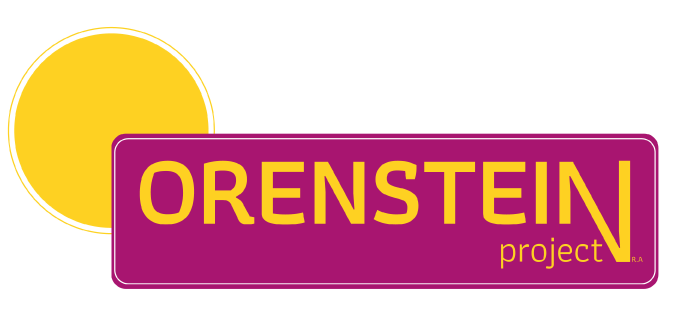Enrichment Programs
שם הפרויקט
Heading 3
In 1994, the Holocaust survivors requested from the city of Kharubishuv, the hometown of Henry Orenstein, to erect a monument in memory of their loved ones in the cemetery where the city's Jews were murdered and buried.
Henry and Susie Orenstein donated the funds for the construction of the monument. Avraham Zilberstein, Henry's close friend who was also born in Harv Yishuv and lost most of his family in the war, designed and built the monument, which was recognized by the Polish government as a historical site. The monument was built from the remains of tombstones that were used over the years as paving for the streets of the city after they were displaced from the Jewish cemetery.
שם הפרויקט
Heading 3
In 1994, the Holocaust survivors requested from the city of Kharubishuv, the hometown of Henry Orenstein, to erect a monument in memory of their loved ones in the cemetery where the city's Jews were murdered and buried.
Henry and Susie Orenstein donated the funds for the construction of the monument. Avraham Zilberstein, Henry's close friend who was also born in Harv Yishuv and lost most of his family in the war, designed and built the monument, which was recognized by the Polish government as a historical site. The monument was built from the remains of tombstones that were used over the years as paving for the streets of the city after they were displaced from the Jewish cemetery.
שם הפרויקט
Heading 3
In 1994, the Holocaust survivors requested from the city of Kharubishuv, the hometown of Henry Orenstein, to erect a monument in memory of their loved ones in the cemetery where the city's Jews were murdered and buried.
Henry and Susie Orenstein donated the funds for the construction of the monument. Avraham Zilberstein, Henry's close friend who was also born in Harv Yishuv and lost most of his family in the war, designed and built the monument, which was recognized by the Polish government as a historical site. The monument was built from the remains of tombstones that were used over the years as paving for the streets of the city after they were displaced from the Jewish cemetery.
שם הפרויקט
Heading 3
In 1994, the Holocaust survivors requested from the city of Kharubishuv, the hometown of Henry Orenstein, to erect a monument in memory of their loved ones in the cemetery where the city's Jews were murdered and buried.
Henry and Susie Orenstein donated the funds for the construction of the monument. Avraham Zilberstein, Henry's close friend who was also born in Harv Yishuv and lost most of his family in the war, designed and built the monument, which was recognized by the Polish government as a historical site. The monument was built from the remains of tombstones that were used over the years as paving for the streets of the city after they were displaced from the Jewish cemetery.
שם הפרויקט
Heading 3
In 1994, the Holocaust survivors requested from the city of Kharubishuv, the hometown of Henry Orenstein, to erect a monument in memory of their loved ones in the cemetery where the city's Jews were murdered and buried.
Henry and Susie Orenstein donated the funds for the construction of the monument. Avraham Zilberstein, Henry's close friend who was also born in Harv Yishuv and lost most of his family in the war, designed and built the monument, which was recognized by the Polish government as a historical site. The monument was built from the remains of tombstones that were used over the years as paving for the streets of the city after they were displaced from the Jewish cemetery.
שם הפרויקט
Heading 3
In 1994, the Holocaust survivors requested from the city of Kharubishuv, the hometown of Henry Orenstein, to erect a monument in memory of their loved ones in the cemetery where the city's Jews were murdered and buried.
Henry and Susie Orenstein donated the funds for the construction of the monument. Avraham Zilberstein, Henry's close friend who was also born in Harv Yishuv and lost most of his family in the war, designed and built the monument, which was recognized by the Polish government as a historical site. The monument was built from the remains of tombstones that were used over the years as paving for the streets of the city after they were displaced from the Jewish cemetery.
שם הפרויקט
Heading 3
In 1994, the Holocaust survivors requested from the city of Kharubishuv, the hometown of Henry Orenstein, to erect a monument in memory of their loved ones in the cemetery where the city's Jews were murdered and buried.
Henry and Susie Orenstein donated the funds for the construction of the monument. Avraham Zilberstein, Henry's close friend who was also born in Harv Yishuv and lost most of his family in the war, designed and built the monument, which was recognized by the Polish government as a historical site. The monument was built from the remains of tombstones that were used over the years as paving for the streets of the city after they were displaced from the Jewish cemetery.







